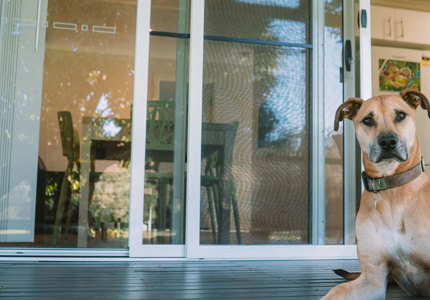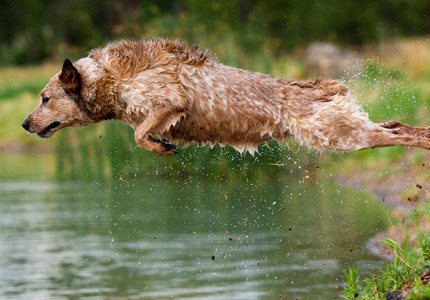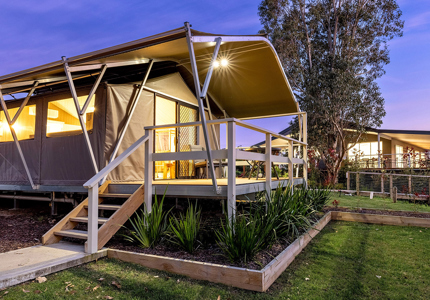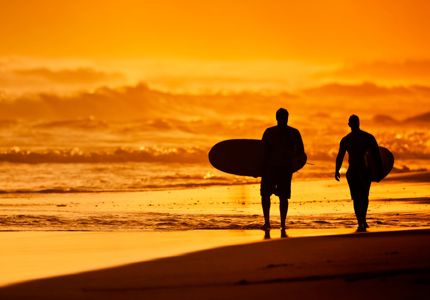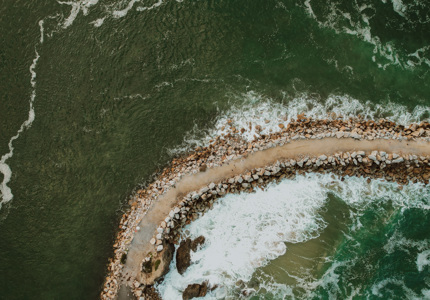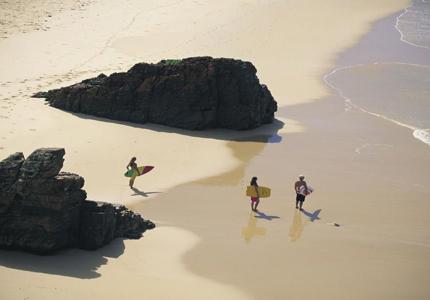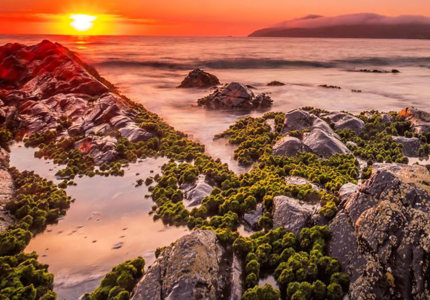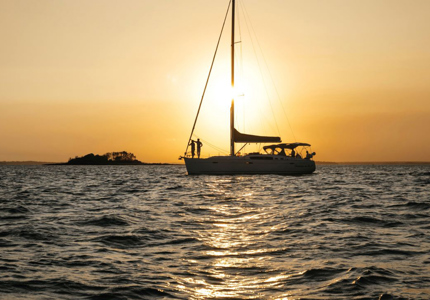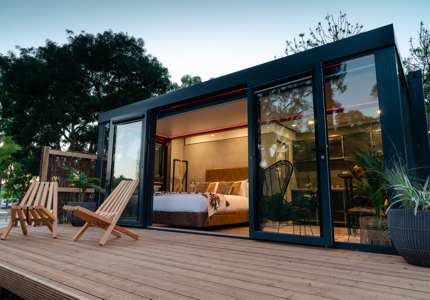History of South West Rocks
Nature & Parks
Wrecks of Trial Bay
This beautiful bay is named after the Brigantine "Trial". The wreck of the little ship was found on the sands of the bay in 1817. A group of escaped convicts had seized the "Trial", complete with crew & passengers, while it lay at anchor in Watson's Bay on 13th September, 1813.
A Search party was despatched in 1817 led by Commander White. He discovered the wreck of the "Trial" just North of Smoky Cape but no trace of any survivors. Remains of the littel ship are believed to be buried in the sandhills in the vicinity of the Arakoon House.
January 1972 the Sydney Showboat, "Sydney Queen" & Vehicular ferries "Koondooloo & "Lurgurena" were wrecked in the Trial Bay being towed to the Phillipines. Despite desperate efforts to save the ships, strong winds & tides won the battle. The remains of the "Sydney Queen" & "Lurgurena" may be seen at low tide at the northern end of Trial Bay while the "Koondooloo" lies as a resting hulk well up on the beach.
Trial Bay Jetty
In the mid 1800's the Arakoon end of Trial Bay was a deep-water port. The fragmented remains of the long jetty that once extended into the bay can be seen just north of the gaol.
This jetty was the loading & unloading wharf for the river residents & bustled with whalers, sealers & settlers. It was also later used for the disembarkation of the German Internees incarcerated at Trial Bay.
Trial Bay Gaol
Ten years a-building - a 17 years a dying & will stand on Laggers Point fo 1,000 years or more. Within these great grey granite walls lurk the ghosts of yesteryear.
The first prisoners arrived at Trial Bay in 1886. All had been convicted in NSW for sentences over seven years & all had been of good behaviour. Hence, their transportation to what was considered at the time to be a model prison.
The prison housed 300 & had taken almost 10 years to build & had cost the state Government 60,000 pounds. By the end of 1903 this giant had become an empty shell & for no further use. However, in 1915 the massive doors wouldopen again- this time to house German Internees during the Great War 1914-18.
Smoky Cape Lighthouse
A small plaque in the park below the lighthouse reads "Smoky Cape" was first named on the 13th May 1770 when Captain James Cook recorded it in his journal. The road to the Cape was hacked out of the jungle by the 35 men in 1888. The lighthouse, which is the tallest in NSW, was completed in 1891 & stands on a hummock above 400ft above the sea level.






